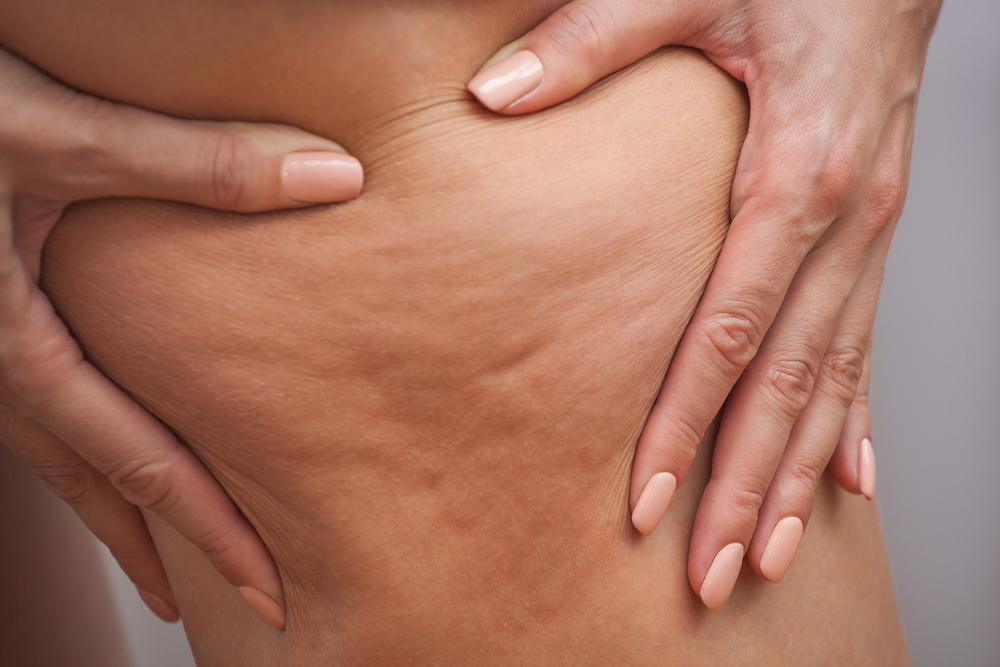- Nonsurgical interventions for back pain include physical therapy, massage, and anti-inflammatory medications.
- Breast reduction surgery may be warranted if nonsurgical interventions fail to provide relief.
- Most women who undergo breast reduction surgery for back pain are satisfied with the results.
When non-surgical strategies fail, reduction mammoplasty may be the only realistic and permanent solution to chronic back pain caused by large breasts.
We questioned two board-certified plastic surgeons on the physical problems that can accompany large breasts, and the recommended treatments for these concerns. Here’s what they had to say.
Problems caused by large breasts
According to Dr. Orna Fisher, a board certified plastic surgeon in Palo Alto, CA, “women with very large and heavy breasts often suffer from symptoms such as neck pain, shoulder pain, back pain, rashes and headaches.”
In such cases, activities of daily living can be significantly impaired as it becomes difficult – if not impossible – to run or play sports.
“Even lifting can throw the body off balance,” she says. “These women often find themselves being more sedentary than they would like to be, and this in and of itself can lead to weight gain.”
Dr Fisher also notes that because the shoulders hold up the additional weight, the trapezius muscles get larger and thicker over time, causing the shoulder grooves from bra straps to become permanent.
Miami-based plastic surgeon Dr. Jacob Freiman concurs: “Patients with macromastia (large breasts) often experience back pain, shoulder notching (grooves in their shoulders due to bra straps), and headaches.”
Considerations before resorting to surgery
Patients with large breasts who experience significant back pain generally assume that the two are related. However, the pain may have other root causes, and breast size may be simply exacerbating the problem.
Other common causes of back pain in women include obesity, pregnancy, ill-fitting bras, chronic poor posture, back injury, osteoporosis, and disc herniation or bulging in the spine.
Before turning to breast reduction surgery, Dr. Fisher recommends that patients with back and chest pain check in with a primary care physician for a full evaluation.
“This assessment allows us to separate issues that can be treated medically versus those that cannot,” she explains. “For instance, if a woman has fungal rashes under her breasts, this can be treated medically with an antifungal cream or powder – at least temporarily.”
Similarly, interventions other than surgery may sometimes be the best first option for back pain. “If there is a modifiable factor such as morbid obesity, a medically supervised weight loss plan may help to some degree,” she notes.
Nonsurgical options for back pain
Even if breast size is the culprit, there are a host of nonsurgical interventions that can be employed prior to breast reduction surgery, including:
- Anti-inflammatory medications such as ibuprofen, naproxen or aspirin
- Application of heat to affected areas
- Massage
- Chiropractic manipulations
- Physical therapy
- Exercise
- Weight loss
- Customized bras and sports bras
Note that these suggestions may not be realistic for all patients. As mentioned previously, some women with large breasts may have a difficult time exercising. Dr. Freiman also warns that anti-inflammatory medications and other interventions often only provide temporary relief.
Breast reduction: a permanent solution to back pain?
When lifestyle changes and nonsurgical remedies fail to provide long-term relief, breast reduction surgery is the only option that remains.
However, Dr. Fisher stresses that surgery is recommended only after other interventions have failed. “If the symptoms remain or are only temporarily improved, the woman becomes a candidate for a surgical breast reduction.”
According to Dr. Freiman, “the standard of care for large breasts causing back pain is breast reduction. No other treatment will permanently treat the problem. By the time most of these patients see a plastic surgeon, they are begging for a breast reduction to relieve the ongoing discomfort.”
What the procedure entails
The technical term for breast reduction surgery is “reduction mammoplasty.” It is typically an outpatient procedure, although some surgeons may have patients stay overnight in the hospital following surgery.
During the procedure, the surgeon makes incisions on the underside of the breast to remove excess skin and fatty tissue, thereby reducing the size of the breasts. Depending on the patient, nipple repositioning may also be performed to achieve aesthetically pleasing results.
Recovery and results
Post surgery, it is important to adhere to all your physician’s recommendations to ensure the best possible outcome. Recovery following breast reduction surgery takes some time. However, the results are usually worth the wait.
Our experts report that most patients are happy with the results: “After surgery, they are generally among the most appreciative patients,” says Dr. Freiman.
Dr. Fisher also reports similar outcomes in her patients. “This operation has an extremely high satisfaction rate. Complications are rare when the surgery is done on non-smokers and by an experienced plastic surgeon,” she notes.
When should I see a plastic surgeon?
If you have large breasts and nonsurgical interventions have failed to relieve your chronic back pain, the next step is to make an appointment with a board-certified plastic surgeon. An individual consultation will help evaluate your specific case and determine the best course of action.
» For more information on breast reduction surgery, meet our Medical Review Team.









